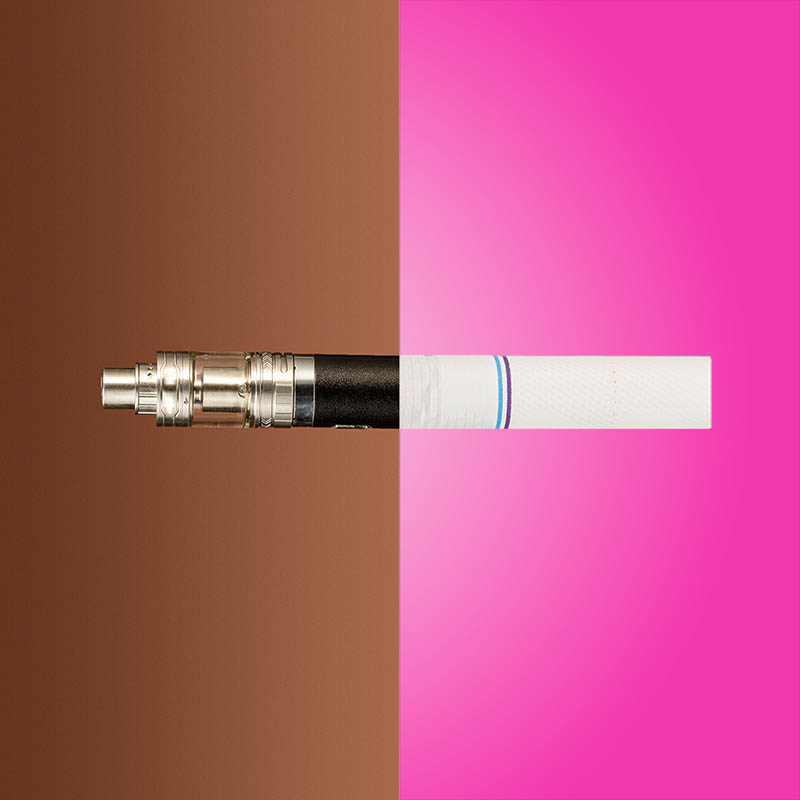
By: Akshata T.
Year: 2022
School: Aliso Niguel High School
Grade: 11
Science Teacher: Robert Jansen
From 2018, 9% of adults have said they occasionally vape, and from 2019 around 27.5% of high school students use vape products, both groups in the U.S. According to the FDA, 1 million youth e-cigarette users use it daily, giving an idea of how common vaping is.
Tam’s OCSEF project sought to inquire about the properties of different materials and how it retains glycerin which could be a problem for households with vapers. With a great amount of guidance and help from Mr. Huy Pham, we discovered Dunstan’s test, which required heating up a solution to make it pink.
“We would heat our solutions placed on the varying flooring materials and observe how much retention happened,” Tam explained. “Then, we had a change of plans as we had no practical method to apply enough heat to change the solution color, so we just made a red food coloring and glycerin solution. The problem that this addresses in the real world are the danger of vaping and its after-effects on surrounding people.”
Studies show that nicotine is easily absorbed through the skin. A study found 3.04 mg of absorbed nicotine using 8 Franz cells. Through the skin, nicotine can cause spiked heart rate and sweating. With such a widespread risk for vaping harm, the flooring materials that absorbed the most glycerin would be the safest, while those that retained less would enable more skin contact because the condensation would remain on the surface.
“The procedure in order to test this starts with our glycerin solution. We combined 30 mL of glycerin with 20 drops of red food coloring. We created a control with 5 dilution levels to compare our results to. We had five materials to run 200 tests in total on. Each test was a square inch with 5 drops of glycerin to see retention. Each material had 40 squares for data collection.”
“Our original procedure did not include red food dye at all. We tried to do Dunstan’s test with a mixture of borax, water, phenolphthalein which resulted in a pink mixture. We added the same amount of borax as phenol to the solution to make it clear.”
After doing the procedure which resulted in 200 squares of samples total, the students let it sit for a week and see if evaporation, absorption, and idle processes would change the concentration of dye. Carpet retained the most, and glossy-coated ceramic retained the least.
“We learned a lot including science procedures, the problems of vaping, and problem solving and organization. If we had more time, we would have reviewed our procedure more carefully, since we had to change from Dunstan’s test to a simpler red dye procedure which was unfortunate since we didn’t have the right situation to heat up the glycerin. We had a great time together and made learning and work a fun process. In the future, we hope to use better technology and refine experimentation with Franz cells or pork skin to see the glycerin’s permeation on the skin itself. It was fun to work hands-on and observe material properties.”
